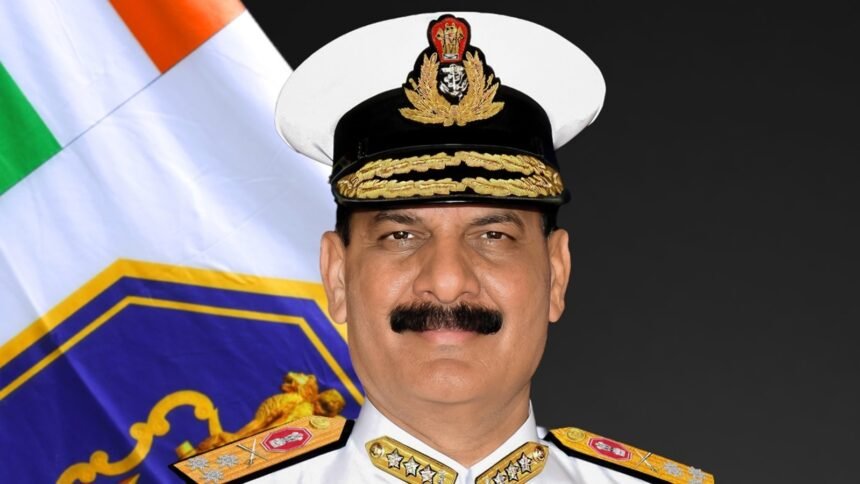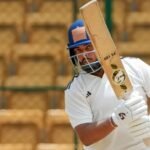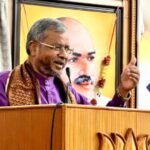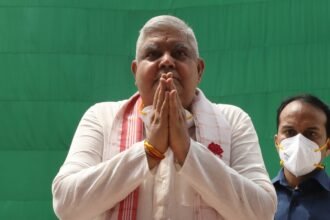The Navy is committed to integrating its command and control, communications and combat capabilities with the Army and the Air Force to align with the theaterisation goal, Navy Chief Admiral Dinesh Kumar Tripathi said Wednesday. Separately, Chief of Defence Staff General Anil Chauhan pledged to address any “dissonance” within the services on the creation of theatre commands .
The top military officers’ comments came a day after Air Chief Marshal A P Singh said the theaterisation plans of the Indian military should not be rushed, while emphasising setting up a joint planning and coordination centre in Delhi under the Chiefs of Staff Committee instead for bolstering jointness among the three services. All three officers made the comments at Ran Samwad 2025 — a two-day tri-service dialogue at the Army War College in Mhow.
The comments had brought to the fore the difference in views of the three services over the structures of the theatre commands.
“We are committed to synergising our command and control, communications and combat capability with the Indian Army and the Indian Air Force,” the Navy Chief said, adding that with the theaterisation plan being the ultimate goal, “we are propelling ahead with the goal of unified planning, common picture and integrated operation.”
He said integration begins at the human level, and thus there is a focus on maximising interaction and cross-pollination across all levels. “So I have an Army Aide-de-Camp (ADC) with me, and my friend, the Air Chief, has got a naval Flight Lieutenant with him,” Admiral Tripathi said.
The Indian military’s theaterisation plans have been under discussion since 2019 and have seen multiple iterations over the last few years. There have been differences among the three services over the structure of the theatre commands.
The Navy Chief also voiced his concerns over unregulated and illegal fishing and activities of survey vessels in strategic waters, in a veiled reference to China.
“Technology has equipped gray-zone actors with tools to apply pressure and disturb order at sea. Fishing fleets fitted with satellite communication and long range sensors now act as extension of national strategy, remaining at sea while relaying positional and surveillance intelligence in real time,” he said.
Story continues below this ad
“Similarly, research and survey vessels, ostensibly engaged in scientific pursuits, increasingly carry sophisticated sonar and electronic systems capable of mapping seabed and gathering hydrographic intelligence, which are of obvious military value,” he said.
The Navy Chief also highlighted the changing dynamics of war-fighting and security challenges in the maritime domain.
“The emerging technologies are altering the traditional asymmetries in warfare at sea. While once the seas reflected the overwhelming imbalance in favor of larger navies, today, technology is allowing even the smallest actor to force outside threats,” he said.
In his comments at the concluding session of Ran Samwad 2025, Gen Chauhan said as CDS, he had set out to promote jointness among the three services, and that today, the services can voice their differences in a conducive environment, while being open to different views without rising temperatures.
Story continues below this ad
“There could be a difference among the three services, yet we are able to listen to that point. I think that thing is very important,” he said.
Referring to the varying views of the veterans on the creation of theatre commands, he said there is a larger desire to protect turfs.
“So if you have sensed some kind of a dissonance, let me assure you that we will resolve it in the best interest of the nation,” Gen Chauhan said, adding that efforts are underway to address the issues.
He further said plans for setting up integrated commands should have been attempted around 10 years back. “We are slightly late, but we need to close that particular gap faster.”








